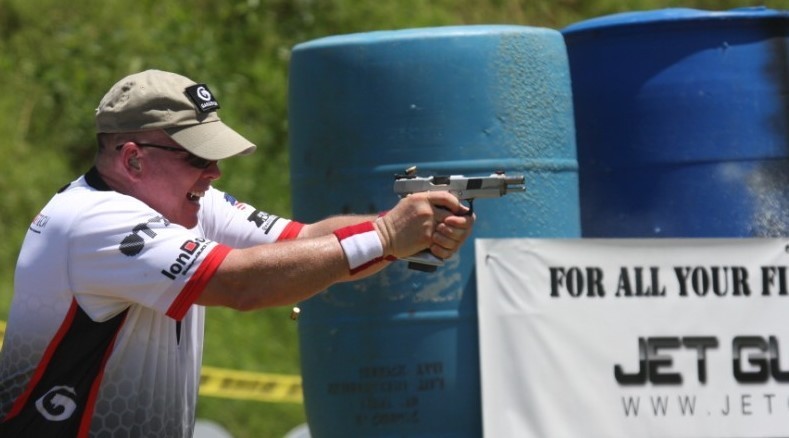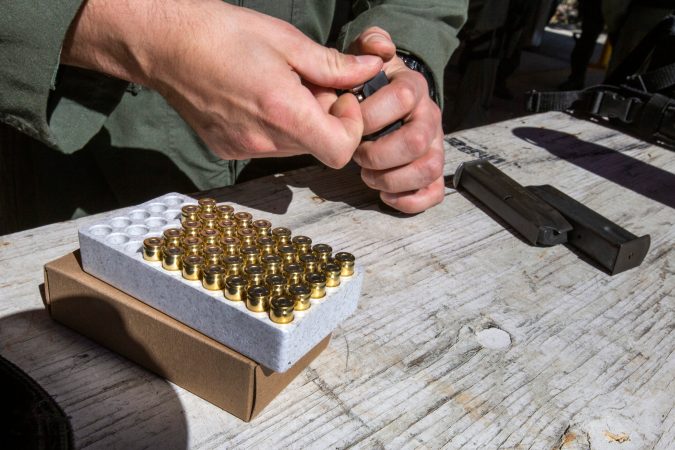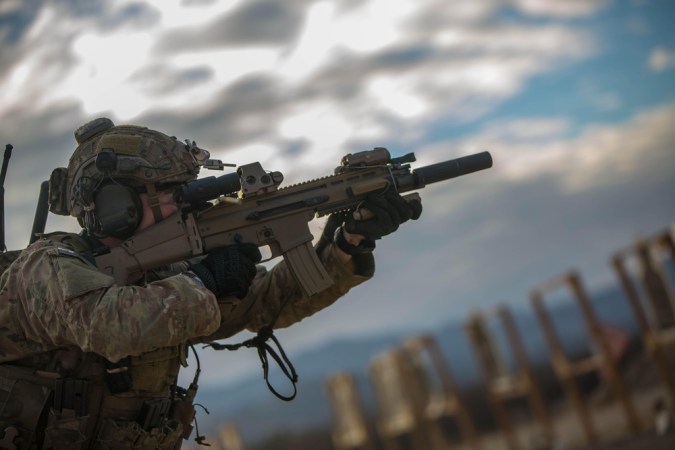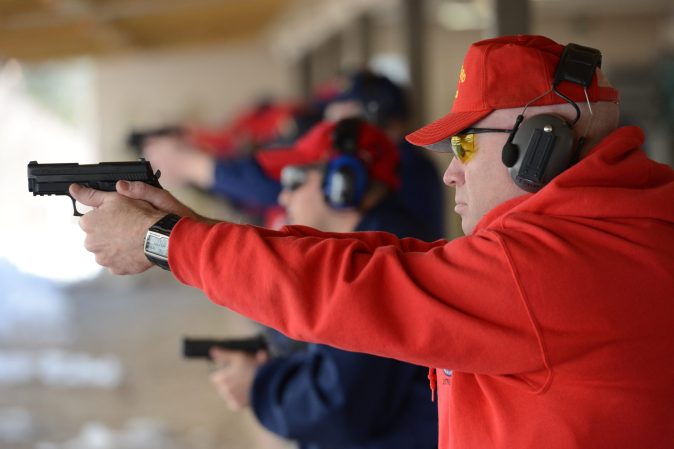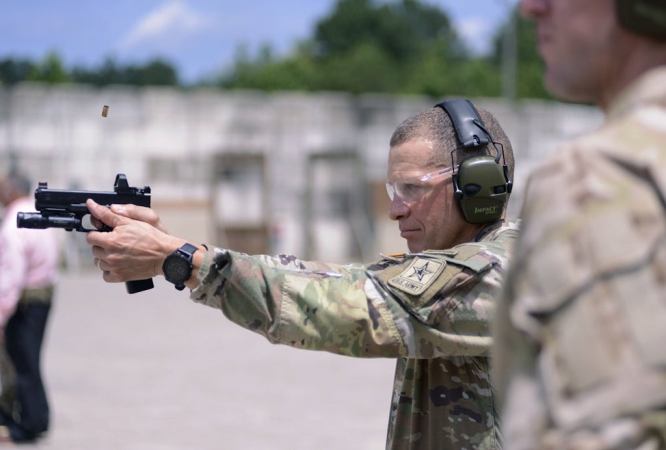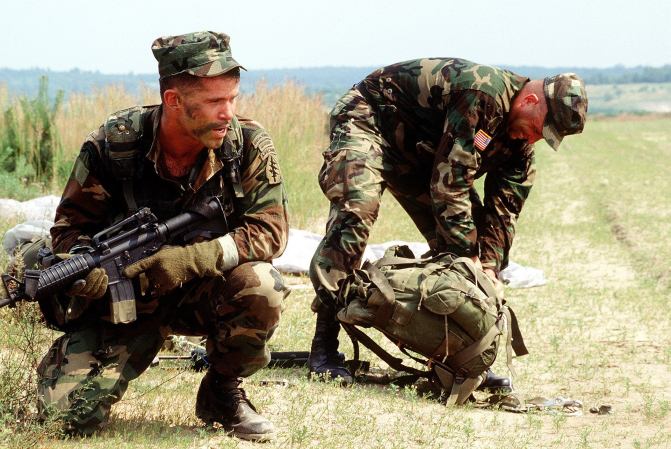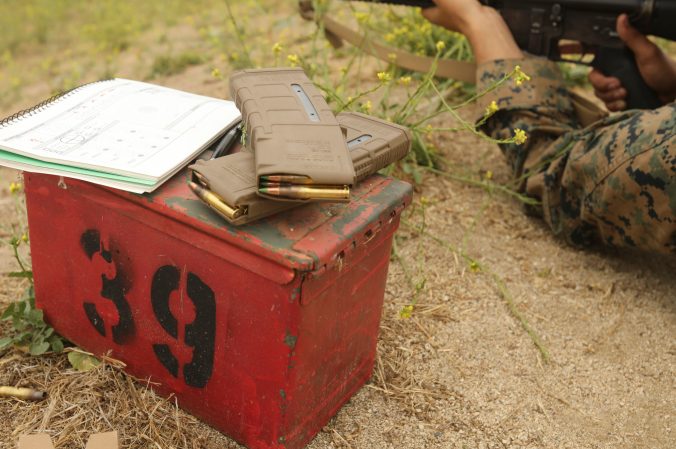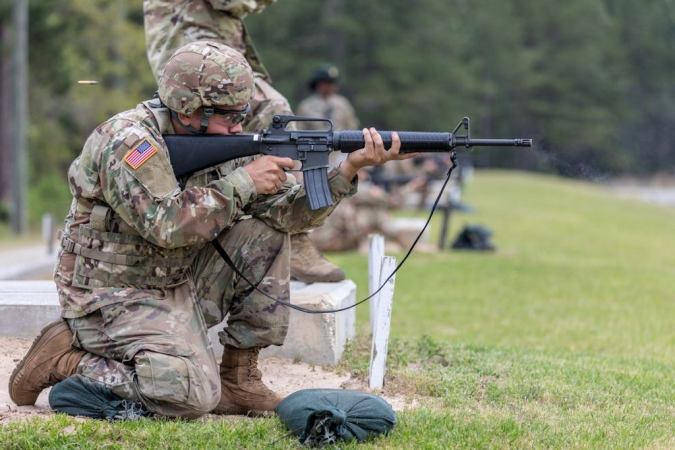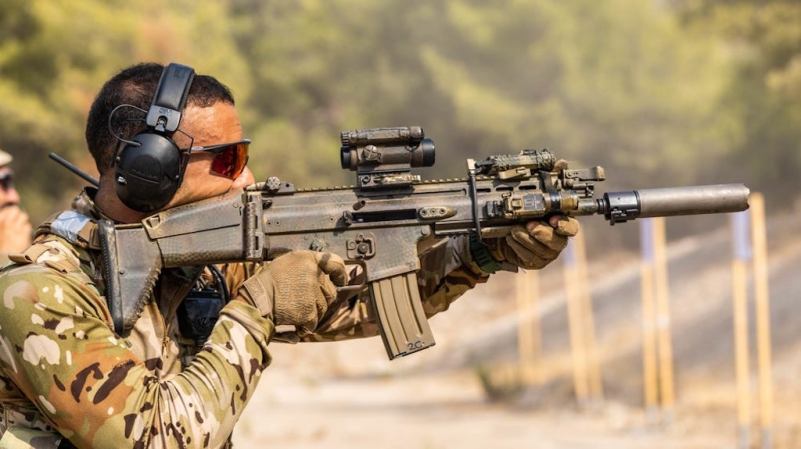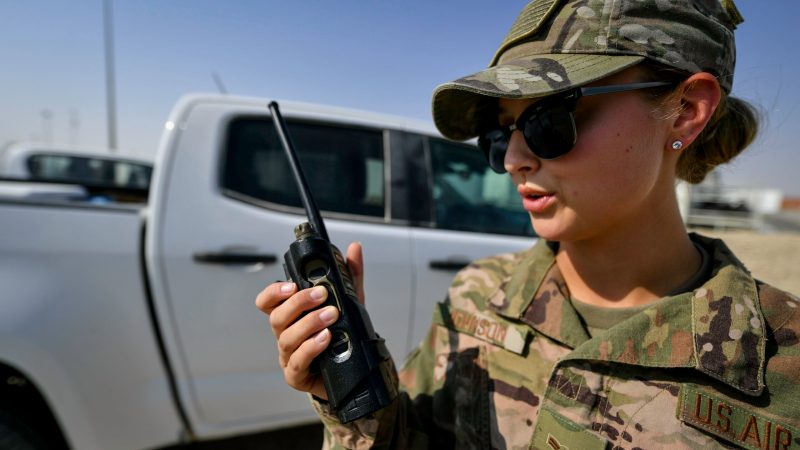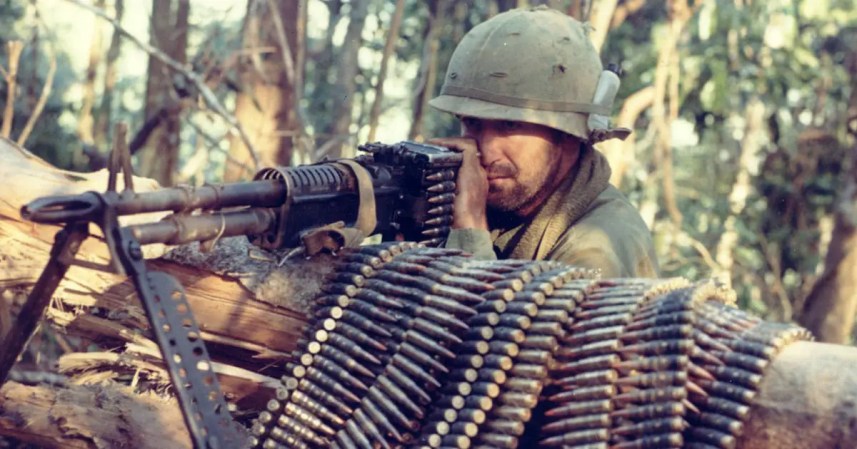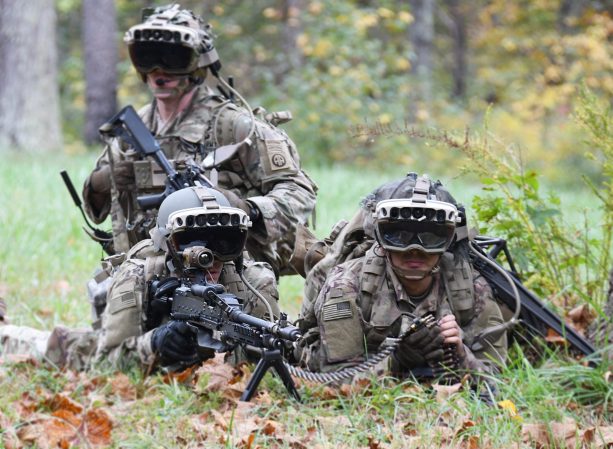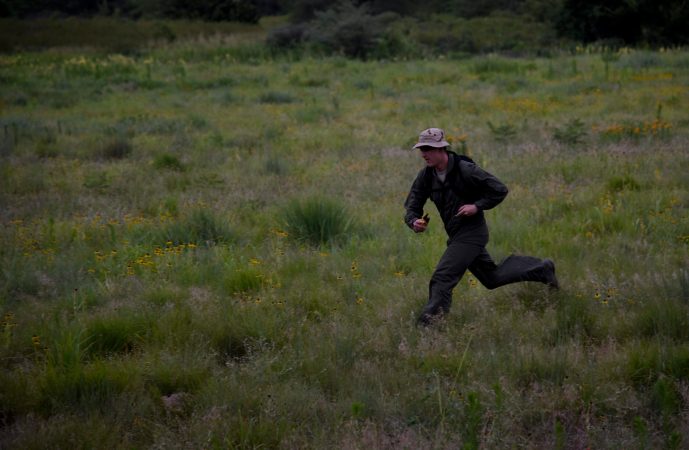As a firearm enthusiast looking to enhance your skills, competitive shooting sports could be the perfect opportunity for you. These events challenge your accuracy, speed, and precision with various types of firearms, providing numerous benefits such as increased confidence, discipline, and mental focus. With so many different types of competitive shooting sports available, where should you begin? Let’s delve into the thrilling world of shooting competitions and explore some popular disciplines to help you find your ideal match.
Pistol Shooting Competitions: Aim for Success
Pistol shooting competitions demand a mix of precision, speed, agility and coordination. There are several popular disciplines, each with its unique features and rules.
Let’s examine some of the most popular ones: USPSA, IDPA, IPSC, Steel Challenge and Bullseye.

USPSA: Embrace Your Inner Action Star
The United States Practical Shooting Association (USPSA) is the largest and most popular action pistol shooting organization in the US. Competitors are divided into divisions such as Open, Limited and Production, with a unique power factor (major or minor) determining scoring.
Targets include cardboard and steel, and the scoring system is based on the hit factor. Stages range from field courses to standards and classifiers.
IDPA: Realistic and Tactical Shooting
If you prefer a more realistic and defensive-oriented discipline, the International Defensive Pistol Association (IDPA) might be for you.
Divisions include Stock Service Pistol, Enhanced Service Pistol, and more, with a power floor of 125. Cardboard targets with scoring zones are used, and the scoring system is based on time plus penalties. Stages are designed around real-life situations.
IPSC: The Original Action Shooting Sport
The International Practical Shooting Confederation (IPSC) is the original and most widespread action pistol shooting organization in the world.
Like USPSA, divisions include Open, Standard, and Production, with a power factor of major or minor. Cardboard targets with scoring zones are used, and the hit factor determines scoring. Stages are varied and challenging courses of fire.
Steel Challenge: Quick and Entertaining
Steel Challenge is a straightforward and enjoyable discipline that involves shooting steel targets in a fixed order as quickly as possible. Divisions include Open, Rimfire, and Production, but power factor does not apply.
Targets are steel plates of different sizes and shapes, and scoring is based on time only. Each competition includes eight standard stages with five targets each.
Bullseye: The Pinnacle of Precision Shooting
Bullseye is a traditional and precision-oriented pistol shooting discipline. Shooters aim at paper targets from fixed distances using only one hand. Divisions include Service Pistol and .22 Rimfire, with no power factor requirement.
Bullseye targets with scoring rings are used, and points per shot determine scoring. Stages include slow fire, timed fire and rapid fire.
Discovering Your Ideal Pistol Shooting Discipline
With so many exhilarating pistol shooting disciplines to choose from, you’re sure to find one that suits your interests and abilities. Whether you prefer the fast-paced action of USPSA, the realism of IDPA, the precision of Bullseye, or anything in between, there’s a competition waiting for you.
So, what are you waiting for? Get out there, join a club, buy some gear, and start training for your first pistol shooting competition!
Rifle Shooting Competitions: A Newcomer’s Guide
Rifle shooting competitions are an excellent way to test your marksmanship skills, meet like-minded individuals, and have a great time while doing so. Accuracy, consistency, stability, and patience are key skills required in these competitions.
Let’s explore some popular rifle shooting disciplines and provide tips and resources for beginners looking to start competing.

Popular Rifle Shooting Disciplines
High Power Rifle: Demanding and Adaptable
High Power Rifle competitions are a great way to test your skills at different distances and positions. Using either service or match rifles, shooters engage NRA High Power Rifle targets with scoring rings.
Divisions include Service Rifle and Match Rifle, with stages such as slow fire standing, rapid fire sitting or kneeling, rapid fire prone, and slow fire prone.
Smallbore Rifle: Focused on Precision
Smallbore Rifle competitions emphasize precision shooting with .22 caliber rimfire rifles. Divisions include Conventional Prone, Conventional Position, Metric Prone, and Metric Position.
Targets are NRA Smallbore Rifle targets with scoring rings, and stages include slow-fire prone, rapid-fire prone, slow-fire standing, and slow-fire kneeling.
F-Class Rifle: Long-Range Accuracy
F-Class Rifle competitions are for those who love long-range shooting. Competing at distances up to 1000 yards, shooters use high-precision rifles and rests to engage NRA Long Range Rifle targets with scoring rings. Divisions include F-Open and F-T/R, with distances varying from 300 to 1000 yards.
Long Range Rifle: Pushing the Limits
For those looking to push their skills to the limit, Long Range Rifle competitions involve shooting at targets beyond 1000 yards with custom-built rifles and advanced optics.
Divisions include Open, Tactical, and Production, with targets being steel or paper targets of various sizes and shapes.
Scoring systems vary, with some based on time and hits or points per shot.
Embarking on Rifle Shooting Competitions
Beginners looking to start competing in rifle shooting competitions should consider the following tips and resources:
- Choosing a rifle: Select a rifle that matches the discipline you’re interested in and fits your budget and skill level.
- Accessories: Invest in essential accessories, such as a quality scope, bipod, sling, and shooting mat.
- Practice: Regular practice is key to improving your skills and becoming more competitive.
Shotgun Shooting Competitions: Aiming for Adaptability
Shotgun shooting competitions require different skills than rifle competitions, such as accuracy, reflexes, timing, and adaptability. Popular shotgun shooting disciplines include Trap, Skeet, Sporting Clays and 5-Stand. We’ll dive into the main features and rules of each discipline, along with tips and resources for beginners.

Trap: Straightforward and Well-Liked
Trap shooting involves engaging clay targets launched from a single machine in front of the shooter. Divisions include Singles, Doubles, and Handicap, with scoring based on hits or misses. Shooters move through five shooting stations arranged in an arc.
Skeet: Rapid and Enjoyable
Skeet shooting is a fast-paced discipline where shooters engage clay targets launched from two machines on opposite sides of the field. Divisions include American Skeet and International Skeet, with scoring based on hits or misses. Shooters move through eight shooting stations arranged in a semicircle.
Sporting Clays: Challenging and Diverse
Sporting Clays competitions simulate different types of game birds and animals, with clay targets of varying sizes, colors, and trajectories. Divisions include Main Event, FITASC, 5-Stand, and Super Sporting. Scoring is based on hits or misses, with courses consisting of 10 to 15 shooting stations along natural terrain.
5-Stand: Compact and Handy
5-Stand competitions involve engaging clay targets launched from various machines around five shooting stations. Divisions include NSCA 5-Stand, with scoring based on hits or misses. Courses consist of five shooting stations in a line with six to eighteen traps around them.
Competitive shooting sports offer a variety of opportunities for shooters of all levels and interests. Whether you’re a beginner or an experienced marksman, participating in these competitions can help improve your skills, introduce you to new friends, and provide a fun and challenging experience.


